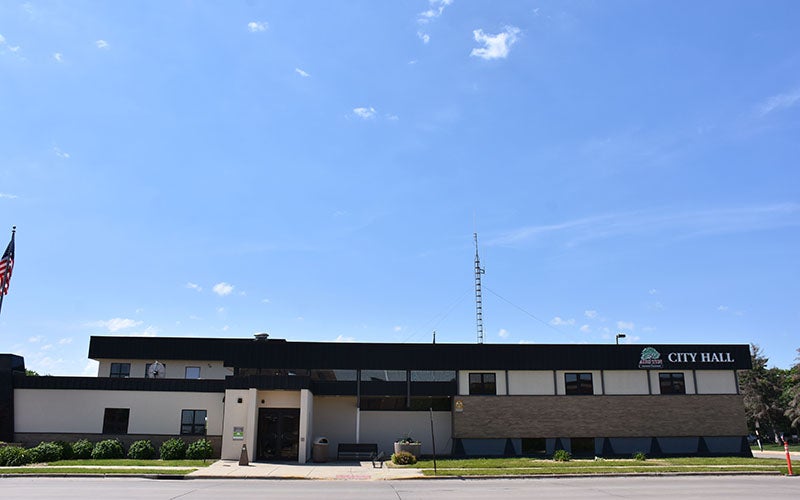Golf course greens can’t escape poa annua
Published 7:22 am Thursday, June 24, 2010
Anyone who watched the U.S. Open last weekend likely noticed splotchy greens — and plenty of talk about a feisty type of grass.
The grass getting all of the attention is poa annua, a widespread, native variety that blossoms at the tip, creating patchy areas. While that might sound harmless enough, the sod has become the subject of much debate and scrutiny.
And though a lot of the chatter is going on among fans on various golf forums, the debate has included the world’s top professionals.
“These greens are awful,” Tiger Woods told the Boston Globe recently about Pebble Beach Golf Links in California, where the U.S. Open was held. “They’re bouncing all over the place.’’
That criticism elicited a defense from Tom O’Toole Jr., chairman of the United States Golf Association’s championship committee.
“The greens here at Pebble Beach are poa annua (grass), and when you have 156 players playing over two days, they’re going to get bumpy,’’ he told the Globe. “While there may be criticism from some players about the bumpiness of the greens, that’s a little bit the nature of the beast to what you have here at Pebble Beach. We couldn’t be more pleased.’’
Despite the recent uproar, the poa annua issue is nothing new, Austin golf officials said.
Mike Grinstead, the owner and course superintendent at Meadow Greens, said he’s been using a chemical spray to combat the grass for at least eight years. Still, he said a few of his greens have poa.
“It’s hard to keep it out completely,” Grinstead said. “It’s a grass that’s very hard to manage.”
The chemical sprays, which come roughly once every three weeks, are meant to not only combat poa, but to strengthen other grasses in the area, the Meadow Greens owner said. The goal, Grinstead noted, is to push out poa annua as much as possible.
Other places — with bigger budgets — turn to more drastic measures. Hazeltine National Golf Club in Chaska, which hosted the 2009 PGA Championship and is slated to host the 2016 Ryder Cup, will be re-sodding greens and fairways later this summer — partly as a way to eradicate poa and replace it with more traditional bent grass.
Not all courses are faced with the problem, however. Steve Bartholomew, club manager at River Oaks in Austin, said he hasn’t had to deal with the tough grass yet. But that doesn’t mean he’s not well aware of it.
“It’s certainly stuff you got to keep an eye out for,” Bartholomew said.
Yet there are courses, including Pebble Beach, that either purposefully grow poa annua or simply just embrace it and manage it if it blooms. Mike Nelson, the superintendent at Austin Country Club, said his course is one such place.
“Everybody has (poa annua), pretty much,” he said. “We try to almost manage for it.”
Instead of treating greens, which Nelson said can just leave undesirable dead spots, staff at the country club just incorporate the grass into the course.
“You can manage the poa, it can make a good green,” Nelson said. “It’s fair for everybody. They all play the same course.”
Despite some varying tactics when it comes to poa annua, all the Austin golf pros acknowledged that the grass isn’t simply going away. It’s as common in backyards as it is on fairways, and it often travels by way of a golfer’s shoe — meaning it spreads easily from home to course, or from course to course.
“Poa is basically a native grass,” Grinstead said. “It’s just there.”





